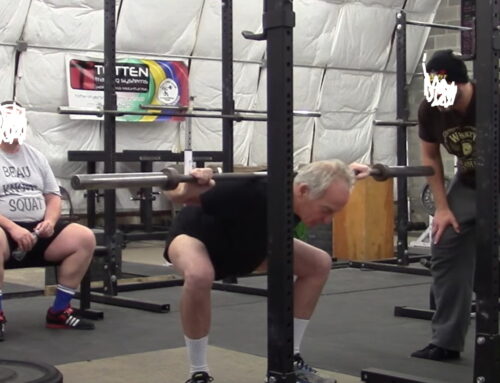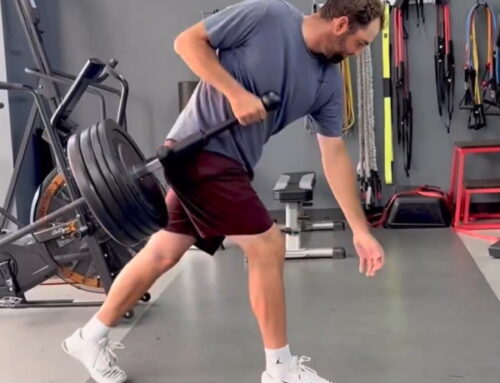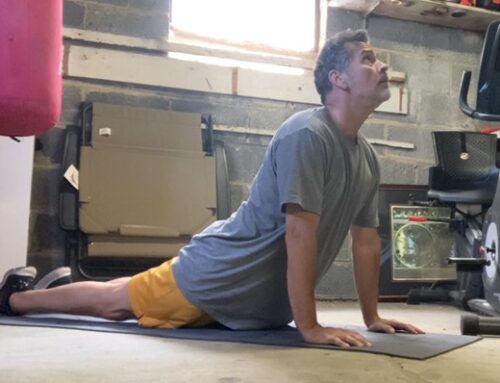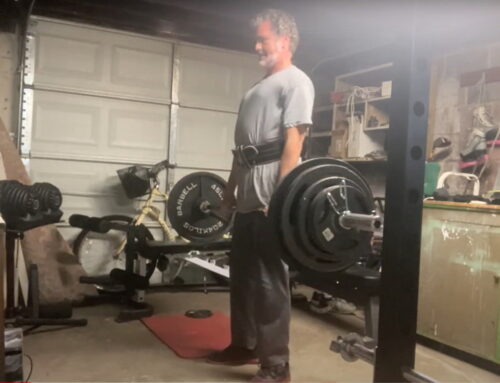Hitting longer drives starts with improved overall ball striking.
In order to improve your ball striking, your swing must be “on plane” at the most crucial portions of the golf swing.
That portion starts in your downswing with the club about 2 feet from impact, and ends in the follow through, about two feet after impact.
Improving your golf swing plane will go a long way toward increasing club head speed and improving your ball striking.
The result will ultimately be longer drives.
Ok, so what does “on plane” mean?
I was taught this concept of the swing plane by Hank Haney, renowned instructor and former coach to Tiger Woods and Mark O’Meara.
Haney believed that you should strive to swing the club on a similar plane angle to what you establish as you address the golf ball.

The line up the club shaft, through my hands and body is effectively the swing plane angle I am establishing as I address the ball.
The reason Haney suggested that it was important to swing the club on plane throughout the golf swing is that it will be easier to return the club to the plane angle established at address.
By returning the club to this angle at impact, the golfer has a much higher chance of hitting the ball with a square clubface, which allows for more solid and consistent ball striking.
As a result of this thinking, Haney was a stickler for hitting various positions in the swing, starting with the takeaway.
This requires proper movement of the hands, arms and body throughout the swing.
Here are two key takeaways about the swing plane.
First, the steeper your angle of attack coming into the ball, the harder it is to release the club. As a result, you will have a tendency to slice the ball.
Second, the flatter your angle of attack coming into the ball, the more quickly the club will release. Therefore, if you have a flat type of golf swing, your primary miss will be a hook.
My thoughts on the golf swing plane
Ben Hogan was the first to discuss the concept of swing plane, but his thoughts were a bit different than Haney’s.

Hogan pictured a plane of glass extending from the club head up through his shoulders.
His idea was that it was best to keep swing the club underneath this plane. This would prevent a golfer from coming over the top, which leads to pulls and slices.
In her book “Mr. Hogan, The Man I Knew” former LPGA tour pro Kris Tschetter describes a conversation she had with Hogan where she thought she was hitting too many hook shots because her takeaway was too far inside.
Hogan replied that she shouldn’t worry so much about the takeaway and referred to Ray Floyd’s swing, since he had just won the US Open.
Floyd had a very flat takeaway in his back swing.
Conversely, Jim Furyk won a US Open with a very steep and upright takeaway.

Haney’s thinking in regard to the takeaway is that most amateurs pull the club too far inside.
This leaves them in a position with the club across the line (aimed to the right of the target), and forces them to come over the top, and this results in a pull or slice.
I would suggest this is more of a swing sequencing issue, but Hank has a great drill for dealing with this over the top swing fault.
Ultimately, it is well worth learning about the swing plane and how it affects ball flight.
Below is a video where I explain some more thoughts on the swing plane.





